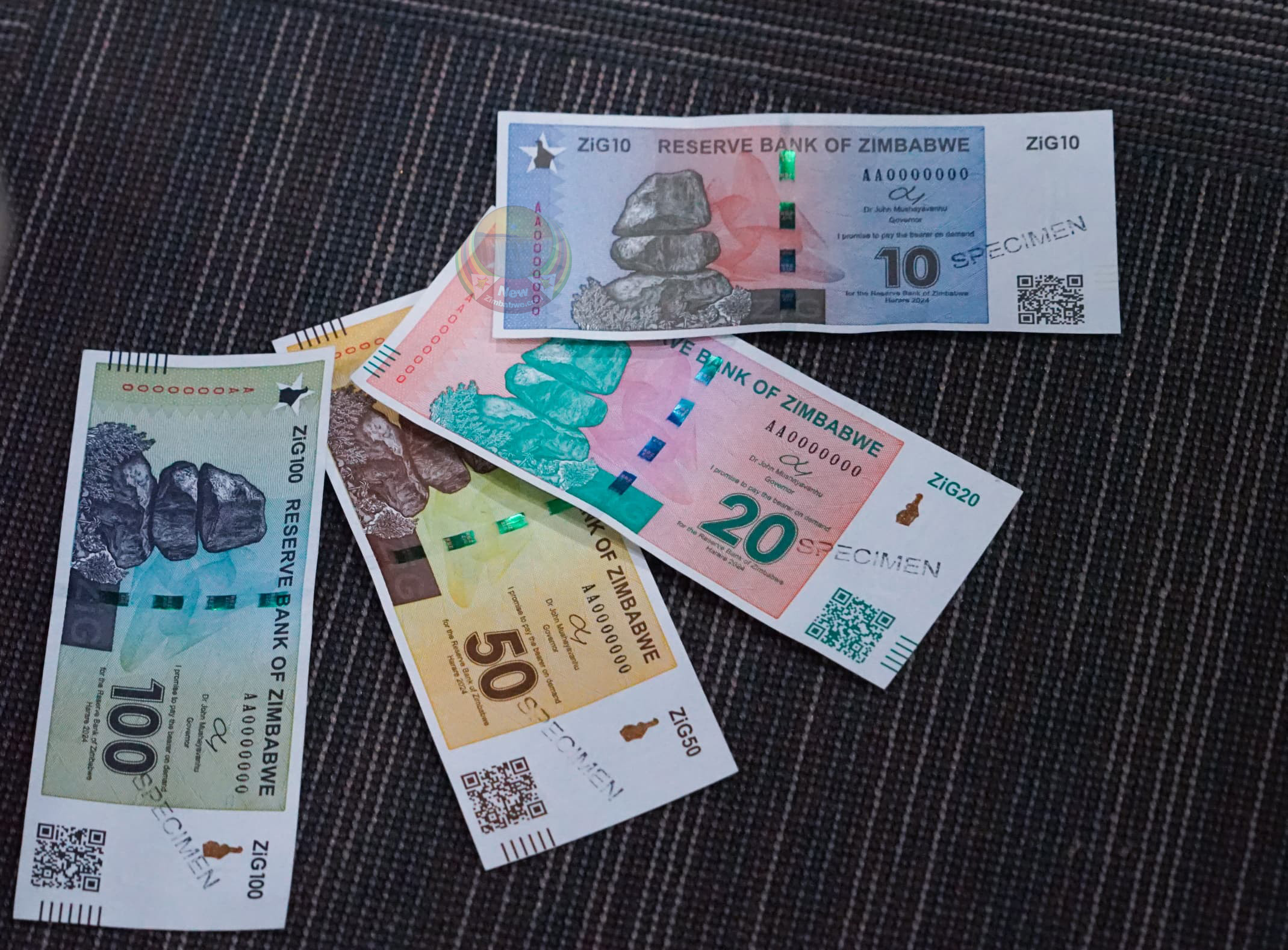Exports up by 19,3 percent
ZIMBABWE’S exports grew by 19,3 percent in February to US$ 644 million when compared to US$539,9 million recorded in January 2024, official statistics show.
The positive performance is in line with the National Export Strategy and the Zimbabwe National Trade Policy launched in 2019 where the Government proposed an exports roadmap that will realise US$7 billion worth of exports by 2023 and US$14 billion in export value by 2030.
The specific objectives of the policy thrust are to promote free and fair trade, promote export-led production and industrialisation, diversification of export products and markets to increase the national export of goods.
Growing exports is also expected to improve the balance of trade position by at least 10 percent annually and help improve Zimbabwe’s ranking on the World Bank’s Trading Across Borders Distance to Frontiers Index from 54,34 percentage points in 2018 to 65 percentage points in 2023 and 75 percentage points in 2030.
Outlining external trade statistics for February and price statistics for March, Zimbabwe National Statistics Agency (ZimStats) manager of finance and balance of payment, Mr Grown Chirongwe, said imports for February 2024 were, however, higher than exports at US$725,4 million, an increase of 5,6 percent from US$686,9 million recorded in January 2024.
“The total value of exported goods in February 2024 was US$644 million, representing 19,3 percent increase from US$539,9 million reported in January 2024.
“The February 2024 trade deficit for goods was US$81,4 million, translating to 44,6 percent decrease from a deficit of US$147,0 million recorded in January 2024,” he said.
Trade deficit refers to the amount by which the cost of a country’s imports exceeds the value of its exports.
According to ZimStats, industrial supplies comprised 92,8 percent of the goods exported in February and 36,5 percent of the goods imported in February 2024, comprising industrial supplies, followed by the capital goods category, which accounted for 20,4 percent.
“Among the top 10 products exported in February 2024 were tobacco (33 percent), semi–manufactured gold (19,9 percent), and nickel mattes (11,4 percent).
“Mineral fuels and mineral oil products (19,2 percent), machinery and mechanical appliances (14,3 percent), cereals (9,3 percent) and vehicles (9,2 percent) were among the top 10 products imported in the same month,” said Mr Chirongwe.
As the country moves towards the attainment of Vision 2030 of becoming an upper middle-income economy, the Government continues to encourage value addition and beneficiation so that the country exports finished goods, which helps create more employment for locals.
This has seen the Government introducing different policies, which include the ban on the export of raw lithium ore and lithium salts, as well as the introduction of a value addition strategy which targets ten local value chains.
Mr Chirongwe said among the country’s major export destinations in February 2024 were South Africa (28,8 percent), China (27,5 percent) and United Arab Emirates (22,5 percent).
The three countries accounted for around 79 percent of the total export value of US$644,0 million. The major source countries for imports in February 2024 were South Africa (39,2 percent) and China (15,1 percent). The two countries accounted for 54,3 percent of the total import value of US$725,4 million.
-chronicle.c.zw










